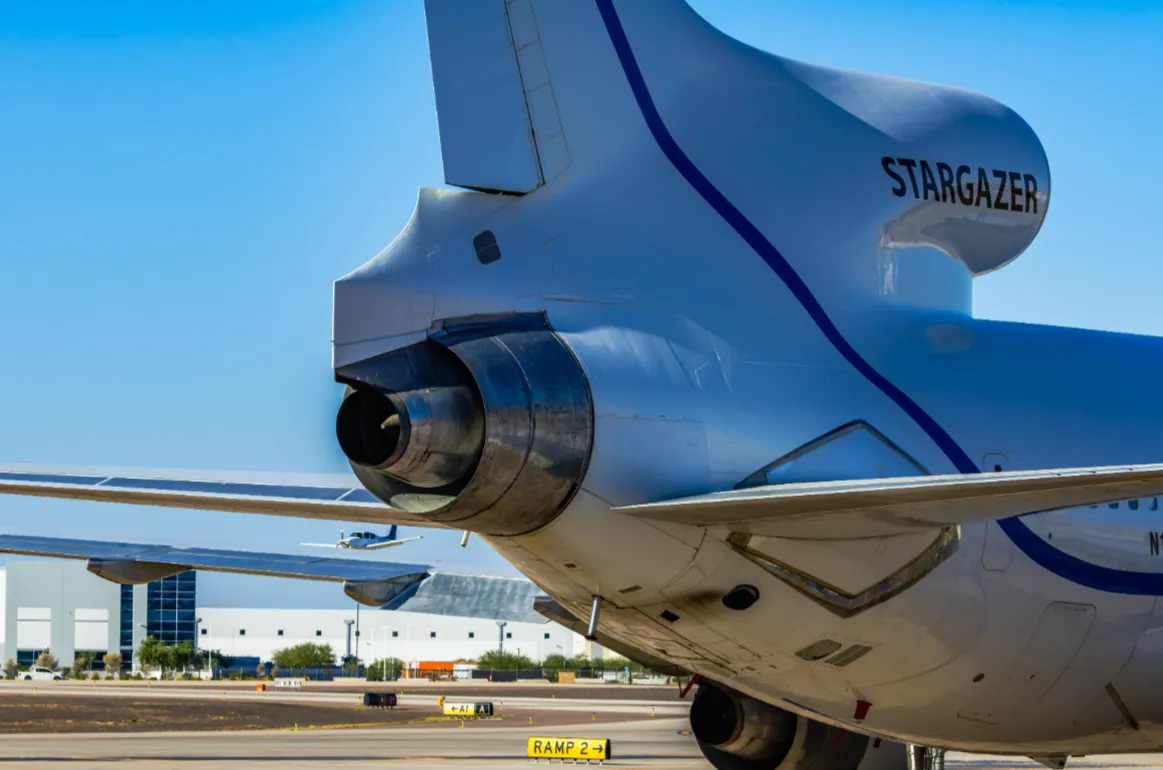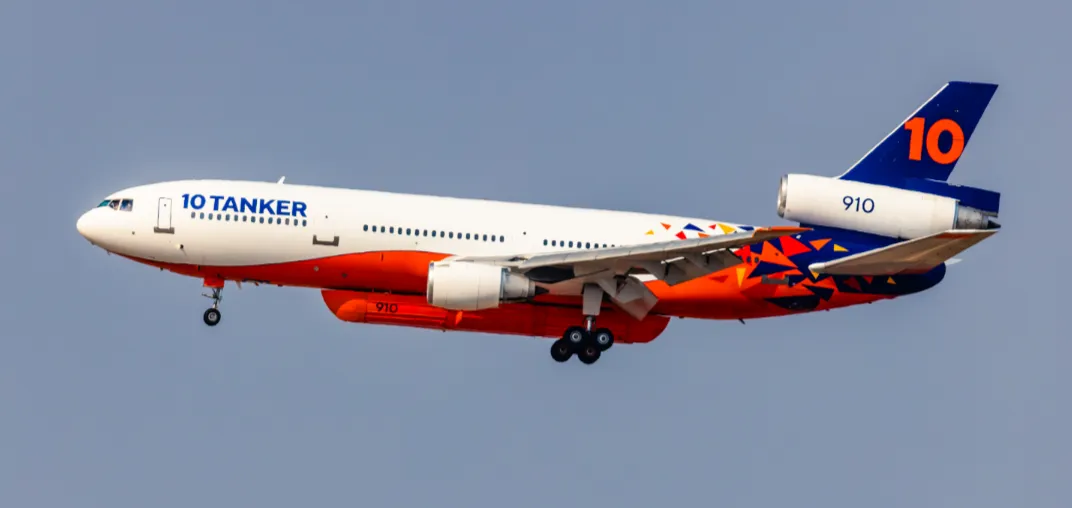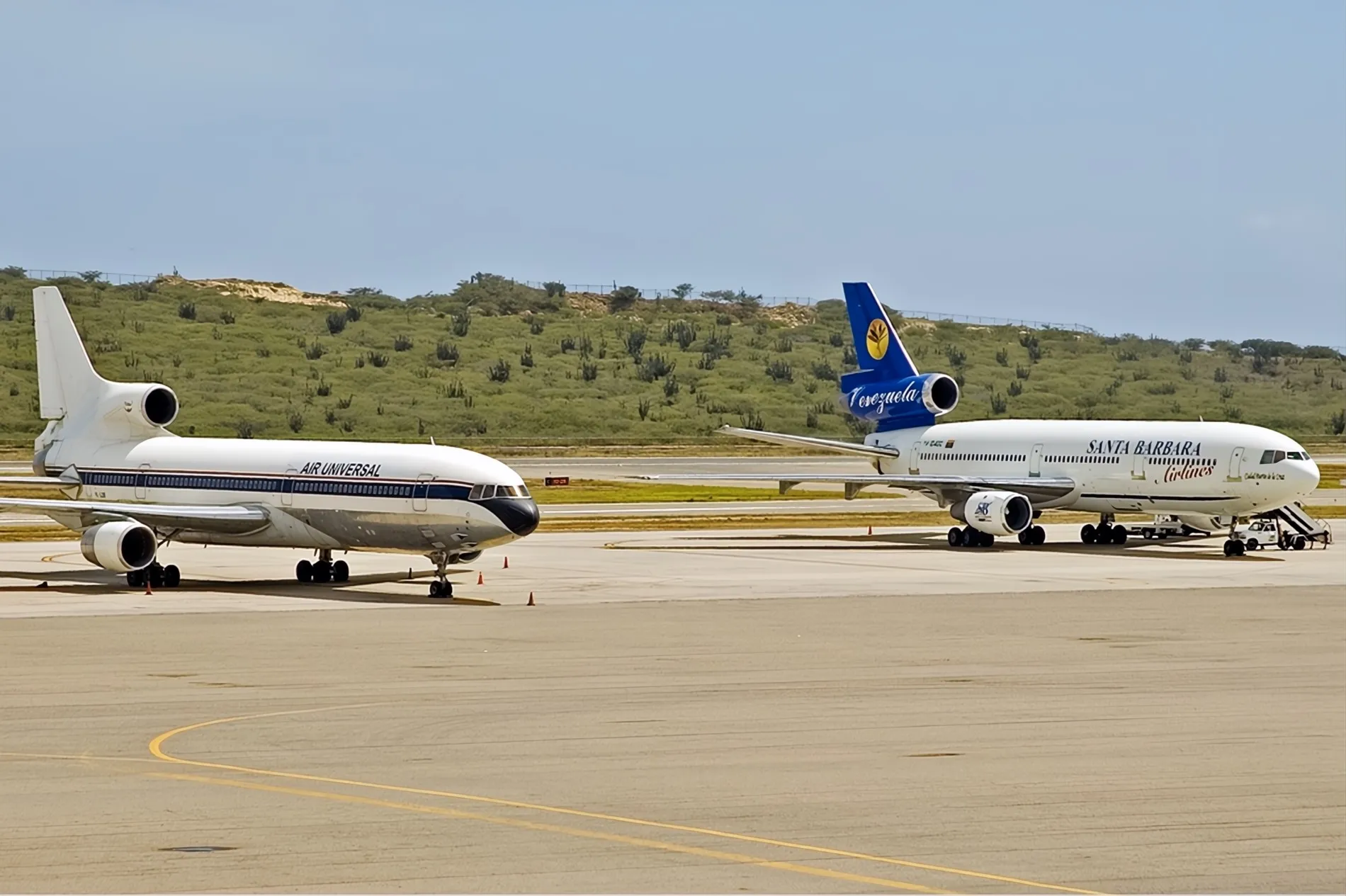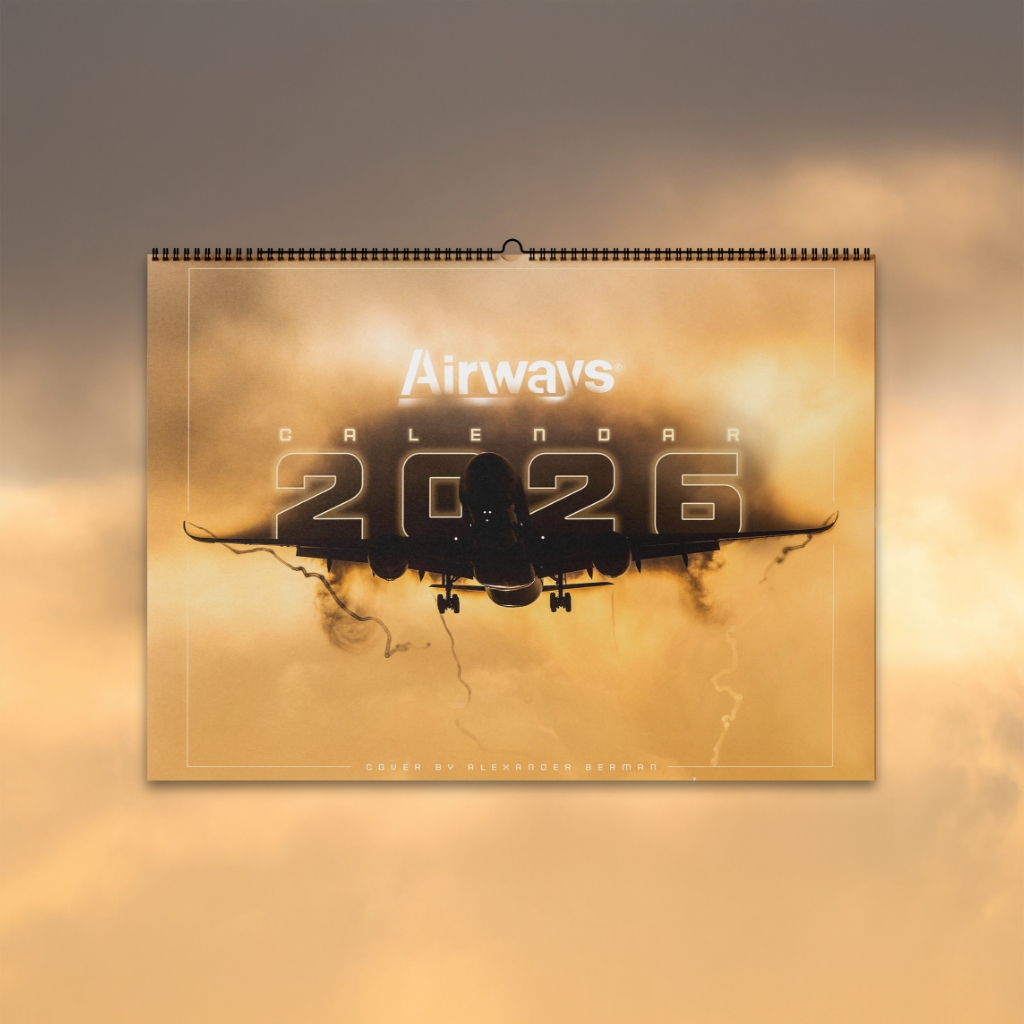DALLAS — The late 1960s were arguably one of the most crucial eras of aviation; airlines and manufacturers started to adopt modern standards for flying.
Manufacturers commenced the conceptualization of the subsequent generation of aircraft, broader, faster, and equipped to transport greater numbers of passengers over extended distances. Boeing, McDonnell Douglas, and Lockheed each endeavored to transform commercial air travel. Boeing’s audacious investment in the 747 would significantly alter global aviation.
In contrast, McDonnell Douglas and Lockheed both directed their efforts toward the trijet configuration, three-engine wide-body designs that offered long-range capabilities with reduced operational costs compared to four-engine aircraft.
The subsequent planes, the McDonnell Douglas DC-10 and the Lockheed L-1011 TriStar, became icons of the 1970s sky. They were engineering wonders, but both would eventually become background players sidestepped by Boeing's supremacy and the ascent of Airbus. Now, at least for the general public, they are forgotten giants of the wide-body era.

McDonnell Douglas DC-10
In the late 1960s, American Airlines sought an airplane larger than its current models but smaller than Boeing's gigantic 747. Newly created from the merger between Douglas Aircraft and McDonnell, the result was the trijet design to become the DC-10. The idea was straightforward but novel: three motors, one on each wing and one underneath the tail fin base, with improved range and performance over the twin-jets of the time.
The DC-10 first flew on August 29, 1970, and was introduced into service during 1971 by American Airlines and by United Airlines. The wide-body with two aisles accommodating up to 380 passengers changed the game for medium- as well as long-haul travel. The DC-10's large interior, effective General Electric CF6 engines, and variable configurations appealed to the airlines around the world.
Despite its business success, the DC-10's legacy was later tainted by tragedy. A series of catastrophic crashes throughout the 1970s, the most notable being the 1974 Turkish Airlines incident near Paris and the 1979 Chicago O'Hare disaster, had been linked to design flaws and maintenance issues with the cargo door and engine pylon. The incidents prompted temporary service suspensions and an enduring problem with public image.
Although McDonnell Douglas implemented changes to eliminate the technical issues, the plane's reputation never regained its past glory.
Nonetheless, the DC-10 demonstrated remarkable durability and adaptability. The subsequent DC-10-30 variant increased the aircraft's operational range, facilitating intercontinental flight capabilities. Despite its initial challenges, the trijet was utilized by various airlines, including KLM, Northwest, Swissair, and Japan Airlines, for many years. Its cargo variant discovered a renewed purpose, and even presently, numerous DC-10s are still operational as freighters and aerial refueling tankers designated as KC-10 for the United States Air Force.

Reentry of Lockheed into the Commercial Market
For Lockheed Aircraft Corporation, the L-1011 TriStar was both a technological success and a commercial disaster. Best known for military airplanes, the C-130 Hercules and SR-71 Blackbird are notable examples. Lockheed had been unsuccessful in the civilian market since the 1950s' Electra turboprop fiasco. In response to the DC-10 project initiated by McDonnell Douglas, Lockheed chose to match up head-to-head with an even better trijet.
Designated the L-1011, the TriStar embodied Lockheed’s ambition to create the world’s most advanced and safest airliner. Its engineers incorporated cutting-edge technology far ahead of its time.
The TriStar featured an automatic landing system certified for Category III conditions, allowing zero-visibility landings. It also employed a partial fly-by-wire control system, years before Airbus introduced the concept on its aircraft. The TriStar’s Direct Lift Control system allowed pilots to adjust altitude during approach without changing pitch, improving comfort and precision during landings.
Its most apparent characteristic was the unique configuration of the engine. As with the DC-10, an engine was placed underneath each wing, together with an additional one placed at the tail. Lockheed's designers opted, however, to follow an S-duct configuration, where the tail engine was actually positioned within the fuselage to ensure maximum aerodynamic efficiency and minimized drag. By implementing this design characteristic, the TriStar gained an aerodynamic and narrow profile that set it apart from the competition.
Its future was tied indelibly to the choice of the engine. Instead of opting for General Electric's CF6 or Pratt & Whitney's JT9D, both of which were assigned to other manufacturers, Lockheed joined with Rolls-Royce to utilize the experimental RB211 turbofan. The engine was radical, with a three-spool design, but promised exemplary performance. The development, however, was to have many technical problems and eventual budget overruns.
By 1971, Rolls-Royce was facing bankruptcy, putting the entire TriStar program on shaky ground. The British government acted to bail out Rolls-Royce, but Lockheed was forced to rely on loan guarantees from the United States government to stay alive. Production delays put the first delivery of the TriStar to Eastern Air Lines off until April 1972, almost one year later than the DC-10. The one-year slippage had disastrous consequences in an industry where schedules are paramount.

A Rivalry of Equals, But Unequal Outcomes
Technically, the TriStar was brilliant. Its ride was quiet and smooth, its performance refined. Meanwhile, the DC-10 was less refined but less costly to manufacture and quicker to market.t Lockheed’s list of customers included airlines such as Eastern, Delta, TWA, and British Airways.
The scandal that arose during the mid-1970s in Japan and the Middle East, however, where the firm had illegally paid out monies to lubricate the wheels for plane sales, significantly impacted Lockheed's credibility. Although the plane was never found culpable, the adverse impact on the business's public image was significant. The fallout from the scandal prompted Lockheed's senior leadership to resign, and was also the impetus behind the signing into law of the U.S. Foreign Corrupt Practices Act in 1977.
At the same time, McDonnell Douglas continued to develop the DC-10, making long-range versions that gave it a wider reach. The DC-10-30 and DC-10-40 versions became familiar on intercontinental flights. Lockheed attempted to rejoin the fight with the L-1011-500, a stretched version of the TriStar, but by this time, the game was up. The 1973 oil shock and the development of fuel-efficient twinjets such as the Airbus A300 and Boeing 767 took their toll on three-engine airliners.
The TriStar over Sri Lankan Skies
One of the most notable operators of the L-1011 was Air Lanka, which adopted the TriStar as its principal aircraft soon after its establishment in 1979. The TriStar, which succeeded the outdated Boeing 707s, emerged as a source of national pride for Sri Lanka, epitomizing the nation's aspirations toward modernization. Ultimately, Air Lanka's fleet encompassed almost all variants of the TriStar, ranging from the initial -1 to the long-range -500 model.
The aircraft constantly proved reliable during the 1980s and 1990s, allowing links between Colombo and capital cities like London and Frankfurt. The TriStar still represents, for many Sri Lankans, the yesteryear golden age of their national airline. Nevertheless, like many operators, the considerable maintenance cost together with the limited resale value eventually forced the plane to leave service. At the end of the 1990s, the TriStar era had quietly come to an end.

Lessons from Two Titans
Both the DC-10 and the L-1011 suffered the same fate: technological overreach eclipsed by timing, economics, and changing market conditions. Both came to market too soon, before the twinjets had gained sufficient power and efficiency to tackle the long-haul missions. The ETOPS procedures of the 1980s finished off the trijet by permitting two-engine jets to serve transoceanic missions, originally assigned initially to the three- or four-engine versions.
The DC-10 went on to outlive the TriStar during manufacture, with over 440 produced compared to only 250 TriStar jets. The MD-11 was the premier trijet that took the term "trijet" and gave it definition. MD-11 served extremely well as a commercial airliner as well as a freighter.
However, the TriStar was the end of Lockheed’s commercial aviation journey. Lockheed went on to focus entirely on military projects after the L-1011 before merging with Martin Marietta to become today's Lockheed Martin, one of the largest defense contractors globally.
Legacy of the Trijet Generation
Though their histories varied, the DC-10 and the L-1011 had lasting impacts. The DC-10, though divisive, was strong and versatile. The TriStar, though less commercial, from the same era, pioneered technologies that became the industry standard: automated landing, enhanced flight control, and redundant safety designs.
The Rolls-Royce RB211 engine that had nearly bankrupted the creator during its development went on to become the "Trent" family powering next-generation airliners like the Boeing 777 and Airbus A350. The design and automation innovations of the TriStar itself have led to the current generation's fly-by-wire airliners.
The Forgotten Giants
Ultimately, the Lockheed TriStar and the McDonnell Douglas DC-10 are testaments to the days when aircraft engineering was fueled by imagination, not accountancy. They represented the euphoria and rivalry that characterized the jet age golden period. Even though eclipsed by the 747 and eventually by economy-conscious twinjets, their legacy remains alive where each autonomous landing is made effortlessly and each modern airplane's cabin is silent.
The trijet era is done, but its legacy endures, inscribed upon the contrails of two great machines that dominated the heavens.



.webp)
